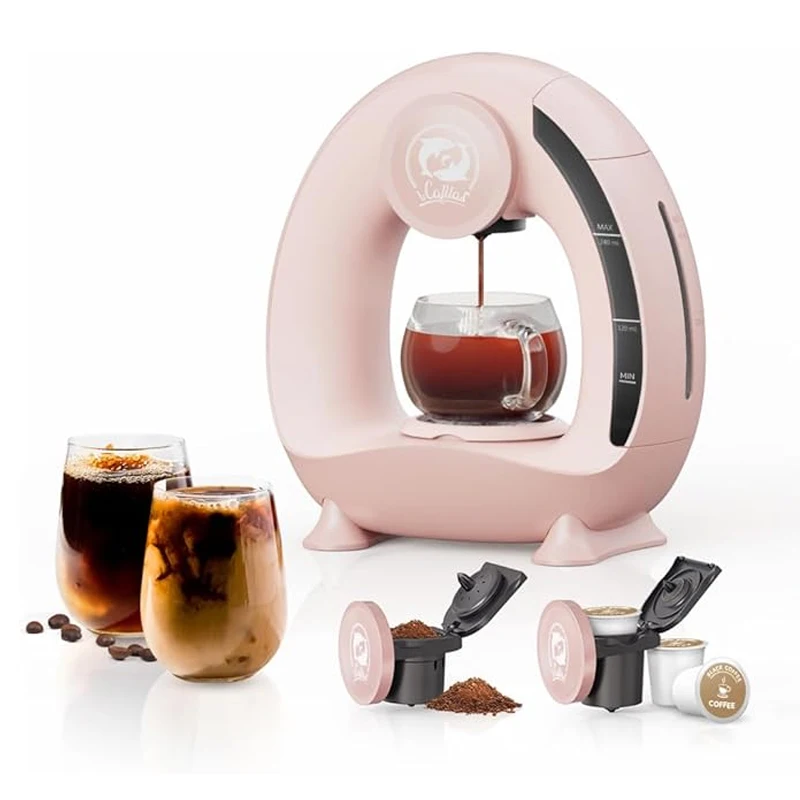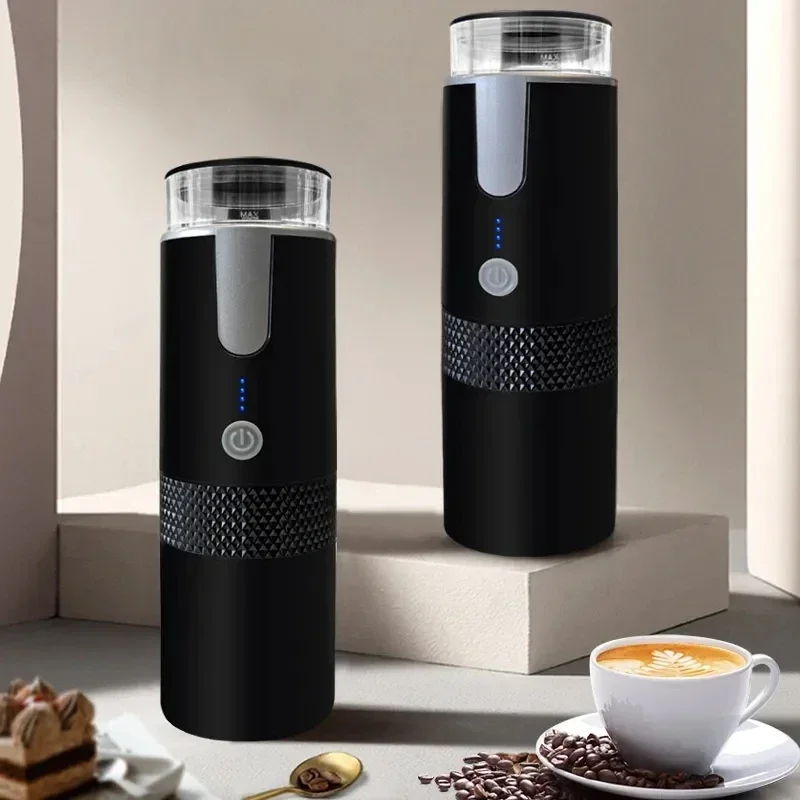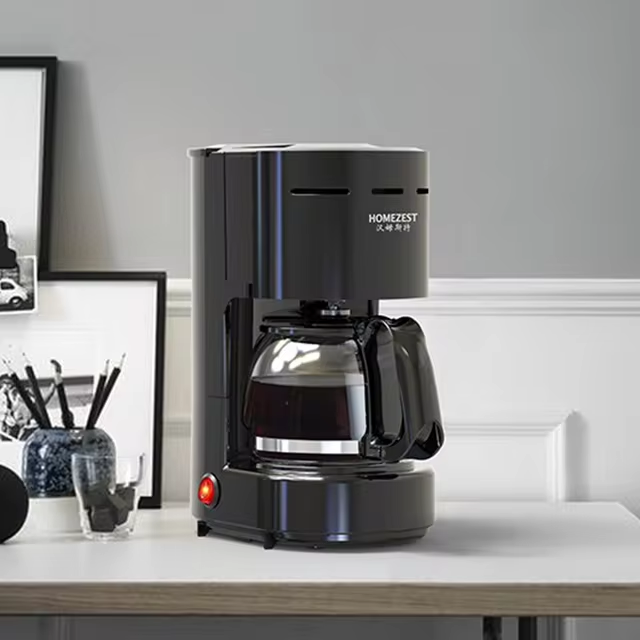
If you’re a coffee lover, chances are you own a Keurig machine or have used one at some point. These convenient devices make brewing your favorite Java incredibly simple. However, just like any kitchen appliance, regular maintenance is necessary to keep your Keurig functioning at its best. Many people rely on vinegar for cleaning due to its acidic properties, but what if you prefer to avoid that strong smell or simply don’t have any on hand? In this article, we’ll explore comprehensive steps to clean a Keurig without vinegar and how to ensure it remains a reliable part of your kitchen.
Understanding the Importance of Cleaning Your Keurig
Why Clean Your Keurig?
Cleaning your Keurig is not just about hygiene; it’s about maintaining the quality of your coffee. Over time, mineral buildup can affect the brewer’s performance, leading to slow brewing and uneven extraction. Additionally, residual coffee oils can accumulate in the system, potentially affecting the taste of your beverages.
Frequency of Cleaning
While you might be tempted to let your Keurig run on autopilot, regular cleaning is essential. It’s advisable to perform a thorough clean every 3 to 6 months, depending on how often you use the machine. If you live in an area with hard water, you may need to clean it more frequently.
Materials Needed for Cleaning
Before you dive into the cleaning process, you’ll need to gather the following materials to clean your Keurig without vinegar:
- Distilled water: Essential for rinsing and cleaning.
- Baking soda: A natural cleaning agent that helps neutralize odors.
- Dish soap: To clean removable parts.
- A scrub brush or cloth: Ideal for scrubbing areas with buildup.
- Paper towels: For drying and wiping surfaces.
- Q-tips or cotton swabs: Useful for getting into hard-to-reach areas.
- A bowl or container: To catch any water or residues while cleaning.
- Coffee filter: Recommended if you use a reusable filter.
Step-by-Step Guide on How to Clean a Keurig Without Vinegar
Cleaning your Keurig may sound daunting, but by following these simple steps, you can effectively clean your machine and continue to enjoy your coffee:
1. Gather and Prepare
Before you start, make sure to unplug your machine for safety. Remove any water left in the reservoir and dispose of leftover coffee, if any. Disassemble the removable parts such as the water reservoir, drip tray, and K-cup holder.
2. Cleaning the Water Reservoir
Rinse and Soak
Fill your water reservoir with a mixture of distilled water and two tablespoons of baking soda. Allow it to soak for about 15 to 30 minutes. This allows the baking soda to tackle any mineral buildup and odors.
Scrub the Interior
After soaking, use a sponge or cloth to scrub the interior of the reservoir gently. Pay attention to any corners where buildup may be more stubborn. Rinse thoroughly with clean water to ensure no baking soda residue remains.
3. Cleaning the Drip Tray
Remove and Wash
Take out the drip tray and wash it with soapy water. Use a sponge or soft cloth to remove any coffee stains or residue. Avoid abrasive pads, as they can scratch the surface. Rinse well and dry with a paper towel.
4. Cleaning the K-Cup Holder
Detach and Thoroughly Clean
The K-cup holder can easily accumulate coffee grounds and residue over time. Detach it from the machine and rinse it under warm water. Use a scrub brush or a toothbrush to clean the small holes thoroughly.
Soak if Necessary
If the holder appears particularly dirty or stained, soak it in a mixture of baking soda and warm water for about 15 minutes before rinsing.
5. Descaling the Heating Element
The heating element in your Keurig can become scale-ridden over time. Instead of vinegar, you can use a commercially available descaler specifically formulated for coffee machines.
Prepare the Descaler
Follow the instructions on the descaling product. Generally, it will involve mixing the descaler with water in the water reservoir.
Run the Brewing Cycle
Start a brewing cycle without inserting a K-cup. Allow the solution to pass through the machine. This will remove mineral deposits. After finishing the first cycle, run at least two cycles with distilled water to rinse out any remaining descaler.
6. Cleaning the Exterior
The exterior of your Keurig also deserves some love. Using a soft cloth and a mixture of warm soapy water, wipe down the housing of the machine, being careful not to let any liquid seep into the electrical components.
7. Cleaning the Needle
The needle that punctures K-Cups can sometimes get clogged. You can use Q-tips or cotton swabs to clean it. Simply dip the swab into a mixture of baking soda and warm water and carefully clean the needle area.
8. Rinse and Reassemble
After all parts have been washed, rinsed, and dried, reassemble them carefully. Place the K-cup holder and water reservoir back into the Keurig.
Tips for Maintaining Your Keurig
To prolong the cleanliness of your Keurig and avoid the need for an intensive clean down the line, consider the following tips:
Regular Maintenance
Make it a habit to rinse your machine with clean water after every few brews. This minimizes buildup and keeps the water path clean.
Use a Filter
Installing a water filter in your reservoir can help minimize mineral buildup from hard water. This will not only make cleaning easier but also prolong the life of the machine.
Empty the Drip Tray Regularly
Regularly emptying the drip tray can prevent overflow and minimize the growth of bacteria or mold. Check it weekly, especially if you use the machine daily.
Other Cleaning Alternatives
While we’ve focused on using baking soda and distilled water, several other household items can effectively clean your Keurig:
Lemon Juice
Lemon juice has natural acidic properties similar to vinegar. Mix lemon juice with water in a 1:1 ratio and use it similarly to the descaling method.
Hydrogen Peroxide
A diluted solution of hydrogen peroxide can serve as an antibacterial cleaner. Mix one part hydrogen peroxide with two parts distilled water for cleaning purposes.
Ice Cubes and Salt
For removing residue from the K-cup holder, you can use ice cubes mixed with coarse salt. This method can help scrub residues without damaging the surfaces.
 Troubleshooting Common Issues
Troubleshooting Common Issues
Sometimes, despite your best efforts, you may encounter issues with your Keurig. Here are some common problems and how to address them:
Slow Brewing
If your Keurig is brewing slower than usual, it’s typically a sign of mineral buildup. Running a descaling cycle using the above methods should usually remedy this.
Unusual Tastes
If your coffee tastes off, ensure milks or creams used in the machine aren’t contributing to the flavor. Cleaning the water reservoir and brewing cycles thoroughly should also resolve this.
Machine Won’t Brew
This could be a result of a clogged needle or water filter. Follow the needle cleaning method mentioned earlier and ensure the water reservoir is filled.
Conclusion
Understanding how to clean a Keurig without vinegar is essential for maintaining the quality of your coffee and the longevity of your machine. By committing to regular cleaning and maintenance, using alternative cleaning agents like baking soda or lemon juice, and following the steps outlined above, your Keurig will continue to be a reliable source of your favorite brews for years to come. Every coffee lover deserves a clean machine, and now you have the means to achieve that without the need for vinegar. So brew on and enjoy your delicious cups of coffee!

